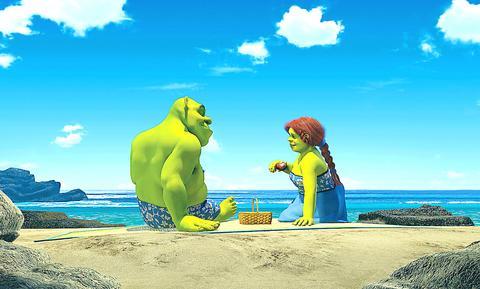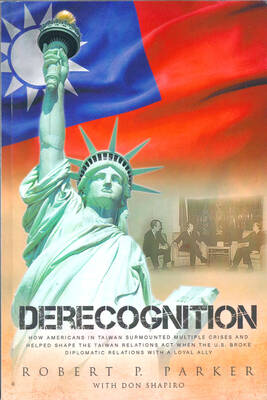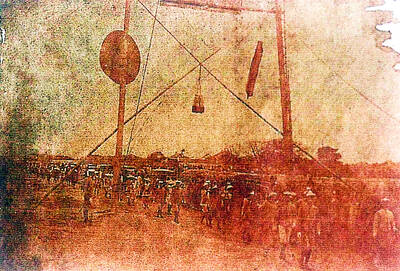Like most sequels Shrek 2, which opens nationwide tomorrow, tries to compensate for potential lost novelty by taking everything people liked about the original and adding more. The prickly main characters, who since the first Shrek opened in 2001 have become cuddly plush toys, have returned: the grumpy title character (the voice of Mike Myers); his ogre princess bride, Fiona (Cameron Diaz); and of course the splendidly annoying Donkey (Eddie Murphy). The lessons that DreamWorks derived (and distorted) from William Steig's sublimely dyspeptic picture book are reiterated: be yourself; love yourself for who you are. For myself I accept Shrek 2 for what it is -- a slick and playful entertainment that remains carefully inoffensive beneath its veneer of bad manners -- but I don't really love it.
The filmmakers have added a passel of new supporting characters, movie star voices and satiric targets. Whereas Shrek mocked the world of Disney (the former realm of the DreamWorks honcho Jeffrey Katzenberg), the sequel, directed by Andrew Adamson, Kelly Asbury and Conrad Vernon, widens its scope to Hollywood as a whole, here done up in medieval
3-D cartoon drag as a place called Far Far Away.

PHOTO COURTESY OF BVI
It seems that Fiona is the estranged princess of this land of high-end boutiques whose names seem more like sly product placements than actual jokes. She decides to reconcile with her parents (Julie Andrews and John Cleese) and to introduce them to her new husband. (Their first family meal is a bit like Guess Who's Coming to Dinner, but with an ogre.) Donkey of course tags along, now that his relationship with Dragon has hit the skids, and they are soon mixed up with a wily super-agentlike Fairy Godmother (Jennifer Saunders), whose spoiled and loutish frat-boy son, Prince Charming (Rupert Everett), was once betrothed to Fiona.
To get Shrek out of the picture, the King hires Puss in Boots, a swashbuckling hit-cat with the voice of Antonio Banderas. Once the honorable cat comes over to Shrek's side, Donkey complains that there's room for only one annoying talking animal sidekick. And he does have a point, though Banderas's campy suavity and Puss' convincingly animated fur add some new looks and rhythms to the formula.
While this Shrek revives the raucous spirit and winking allusiveness of its predecessor, some elements of the animation have advanced noticeably. The settings, especially the interiors of castle rooms and dim taverns, are lighted more realistically than in Shrek, and the flesh and fur, in their various hues, have a more lifelike texture. All of this gives the picture more visual warmth and richness, but in comparison to the most recent Pixar movies it still looks cold and stiff. The human characters in particular look like cheap knockoffs of the toys in the Toy Story movies.
In terms of its attitude toward the audience, DreamWorks 3-D animation is in some ways the opposite of Pixar, choosing to divide its viewers by age rather than uniting them.
This kind of strategy is hardly uncommon in pop culture these days, and Shrek 2 executes it with wit and aplomb. The script, by Adamson, Joe Stillman, David Stem and David Weiss, has jokes that grown-ups and precocious kids will congratulate themselves for getting, and plenty of broader humor (which actually works better). The movie's goal is to enchant children with an old-fashioned fairy tale while simultaneously mocking and subverting its fairy-tale and nursery-rhyme premises. This is sometimes enjoyable and genuinely imaginative, but it also leaves a sour, cynical aftertaste.

One of the biggest sore spots in Taiwan’s historical friendship with the US came in 1979 when US president Jimmy Carter broke off formal diplomatic relations with Taiwan’s Republic of China (ROC) government so that the US could establish relations with the People’s Republic of China (PRC). Taiwan’s derecognition came purely at China’s insistence, and the US took the deal. Retired American diplomat John Tkacik, who for almost decade surrounding that schism, from 1974 to 1982, worked in embassies in Taipei and Beijing and at the Taiwan Desk in Washington DC, recently argued in the Taipei Times that “President Carter’s derecognition

This year will go down in the history books. Taiwan faces enormous turmoil and uncertainty in the coming months. Which political parties are in a good position to handle big changes? All of the main parties are beset with challenges. Taking stock, this column examined the Taiwan People’s Party (TPP) (“Huang Kuo-chang’s choking the life out of the TPP,” May 28, page 12), the Democratic Progressive Party (DPP) (“Challenges amid choppy waters for the DPP,” June 14, page 12) and the Chinese Nationalist Party (KMT) (“KMT struggles to seize opportunities as ‘interesting times’ loom,” June 20, page 11). Times like these can

June 23 to June 29 After capturing the walled city of Hsinchu on June 22, 1895, the Japanese hoped to quickly push south and seize control of Taiwan’s entire west coast — but their advance was stalled for more than a month. Not only did local Hakka fighters continue to cause them headaches, resistance forces even attempted to retake the city three times. “We had planned to occupy Anping (Tainan) and Takao (Kaohsiung) as soon as possible, but ever since we took Hsinchu, nearby bandits proclaiming to be ‘righteous people’ (義民) have been destroying train tracks and electrical cables, and gathering in villages

Dr. Y. Tony Yang, Associate Dean of Health Policy and Population Science at George Washington University, argued last week in a piece for the Taipei Times about former president Ma Ying-jeou (馬英九) leading a student delegation to the People’s Republic of China (PRC) that, “The real question is not whether Ma’s visit helps or hurts Taiwan — it is why Taiwan lacks a sophisticated, multi-track approach to one of the most complex geopolitical relationships in the world” (“Ma’s Visit, DPP’s Blind Spot,” June 18, page 8). Yang contends that the Democratic Progressive Party (DPP) has a blind spot: “By treating any